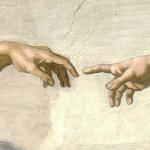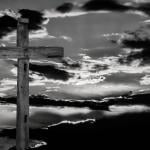Like his book on the sacraments, Henry de Candole’s brief study of the Eucharist, The Church’s Offering, shows that liturgical renewal is inevitably also a renewal of ecclesiology.
De Candole distinguishes between private prayers and the public worship of the church. The latter “is not simply the gathering of a number of people to say their private prayers together” (17). Rather, public worship is an action of the whole body, and in that situation the society takes precedence over the individual. It is “the Body of Christ in action in its most characteristic activity, and the separate members have their share in the action, because they belong to the whole” (18).
The Body of Christ isn’t a merely human society but rather “Christ Himself still active in the world, through and in whom His Spirit works.” The liturgy is Christ’s own work, a continuation of His self-offering, into which individual members of the body are caught up by the Spirit (18-19).
For Christians who instinctively think in terms of personal piety, this has some jarring consequences. Since the liturgy is Christ’s continuing self-offering, “there is a real sense in which we are not necessary to that worship. Our coldness or slackness may keep us away; but the worship goes on. The Church continues to keep alive the outpouring of man’s worship towards God” (19). When we worship purposefully, we are putting ourselves “within the current of that continuously-flowing stream of offering” of the Son to the Father in the Spirit (19).
It’s no wonder that some sectors of Protestantism, lacking an ecclesiology, also lack a liturgical theology.












